URBANE BLESSHÜHNER
Sema Bekiroviç
In den Grachten von Amsterdam sind sie vielfach zu sehen: Blesshühner, die an den Kadewänden fouragieren, die Nester bauen und ihre Eier ausbrüten und dann zusammen mit ihren Kücken durchs Wasser schwimmen. Doch wo bei man als Blesshuhn in der Gracht ein Nest? Und womit baut man es? Es gibt hier schliesslich kein Schilf und die Kademauern ragen senkrecht aus dem Wasser… Doch findige Blesshühner wissen sich zu helfen. Manchmal ist da ein verlassenes Boot an der Kademauer vertäut, oder irgendetwas schwimmt ziemlich dauerhaft im Wasser. Und Nestmaterial? Abfall, der auf dem Wasser schwimmt, gibt es hinreichend – und ist nicht Plastik haltbarer als Schilfrohr? Die Fotografin Sema Bekirovic hat sich mit der Camera auf den Weg gemacht und die erstaunlichsten Situationen gefunden. Und die eigenartigsten Blesshühner: solche, die garnicht nur schwarz waren mit weissem Schnabel, wie sich das für ein Blesshuhn gehört, sondern schwarz-weisse, Gott weiss woher sie das Weiss haben. Vielleicht mit einem Albino-Blesshuhn gepaart? Hier einige Fotos aus dem Buch, das über Semas Spürtour nach dem urbanen Leben der Blesshühner erschienen ist.
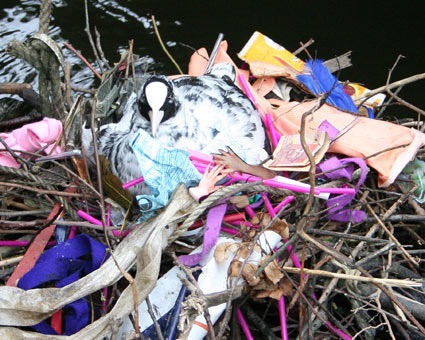
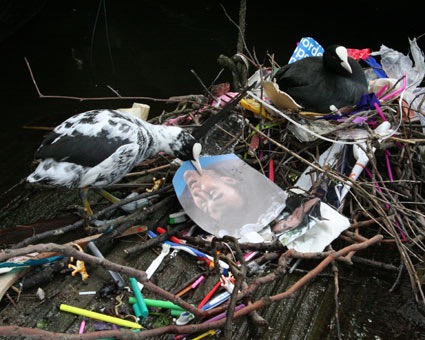
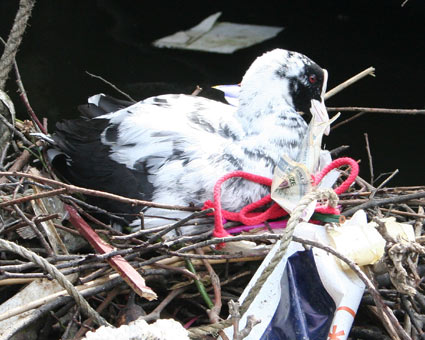
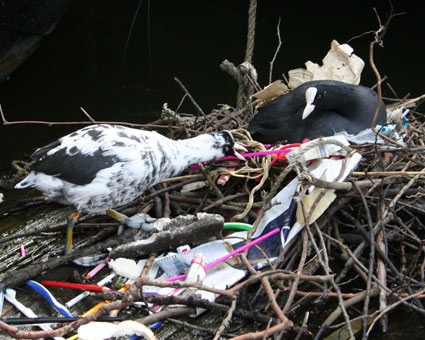
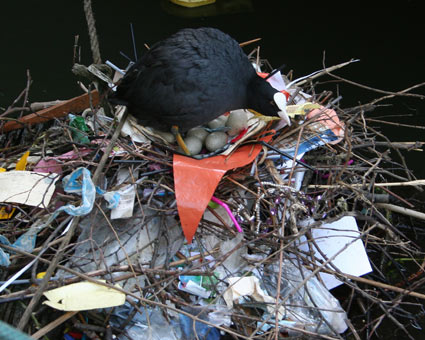
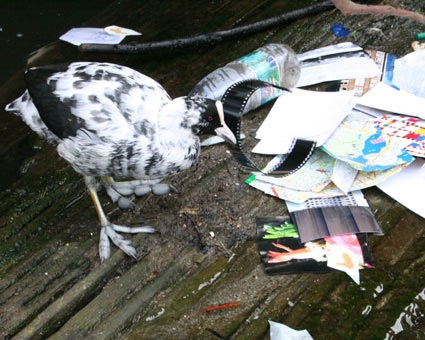
aus: Semira Bekiroviç, URBAN COOTS, Veenman Publishers, Rotterdam. ISBN978-86900-62-6
